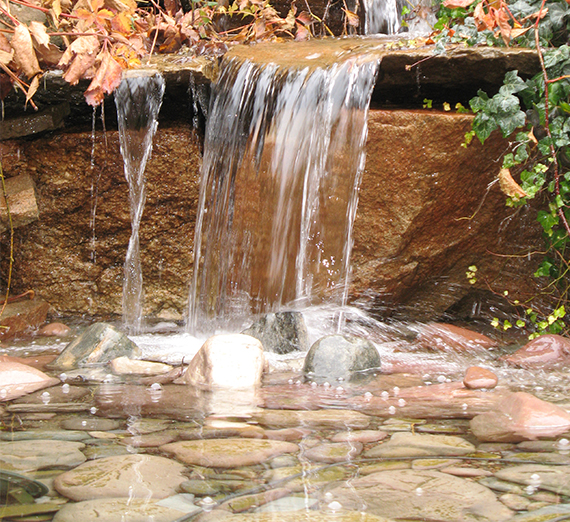Sustainability in 125 Words

How do you approach environmental concerns in your academic field? We asked Gonzaga professors to answer this question. Here are five replies:
The Ethicist: Brian Henning
In my field of environmental ethics, we tend to play the role of Socratic “gadfly” by seeking to clarify what is meant by terms such as “sustainability.” For instance, ethicists may ask, What is it that we are trying to sustain and why? Are we simply trying to sustain through the application of advanced technology a consumer society that often is unsatisfying to the “winners” and is built on the backs of the “losers”? Ought we to pursue more meaningful ways of living? Are humans the only species that deserve moral respect or do all forms of life have value? What is a good life well lived in a world changed by global warming? (Go to Philosophy.)
The Religion Expert: Shannon Dunn
Religious ethics deals with the relationship between what is good for the individual and the flourishing of the community in the context of religious teachings and practices. Pope Francis has rightly criticized practices of mass consumption and destruction of the Earth, since they undermine individual and communal flourishing. Gonzaga has an opportunity to extend the concept of sustainability as it pertains to a life well lived. How can we practice excellence in teaching or in learning when we are exhausted? How can we stand in solidarity with the oppressed when we don’t have time or the resources for community building? If we take the challenge of sustainability seriously, we must take steps to change the dominant culture’s view of work, play and rest. (Go to Religious Studies.)
The Mechanical Engineer: Patrick Ferro
One of the ways that we approach the study of environmental concerns is by defining new sets of materials properties that quantify the effect of materials selections and manufacturing practices. For example, some of these materials properties include embodied energy, or the amount of energy required to produce a quantity of a certain material. Another example of a materials property is kg CO2/kg, which quantifies the amount of carbon dioxide released into the atmosphere per kilogram of a material produced. There are other new materials properties that quantify the amounts of carbon dioxide released and the energies required for different manufacturing processes. These are only a few examples. Quantifying the environmental effects of materials choices and manufacturing process helps engineers, business owners and consumers make environmentally driven product choices. (Go to School of Engineering and Applied Sciences.)
The Historian: Gregory Gordon
As an environmental historian, I explore environmental concerns under the longue durée, or examination of long-term historical structures. This includes studying how past societies have modified their environment and how those societies responded, or more often, failed to respond, to environmental problems. By focusing on the intersection between the physical environment and economic, cultural and political structures, environmental history can illuminate some of the root causes of our current environmental crisis. For example, when we look at how past societies have managed (or not) their common resource, we gain some insight into how we might tackle climate change and what obstacles we might expect to encounter. Unfortunately, humanity has never had to address a planet of 7 billion humans and an atmosphere containing 400 ppm of CO2. (Go to History.)
The Artist: Mary Farrell
“Non-toxic” has been the buzz word in printmaking for the last 15 years. This is due both to a raised consciousness about environmental concerns and a concern for the health of our own bodies as artists. So many artists’ materials are toxic, and there weren't many alternatives to the techniques we were trained to use. Now with a new consciousness, many new products are being developed or repurposed to take the place of their more poisonous relatives, so our students are being trained with these less-harmful materials. Some of the biggest advances have been made in etching. Ferric chloride replaces nitric acid. Acrylic grounds are used. Vegetable oil and citric cleaners replace solvents. And the list goes on. An added bonus are the new artistic options made possible with these new products. (Go to Art program)
